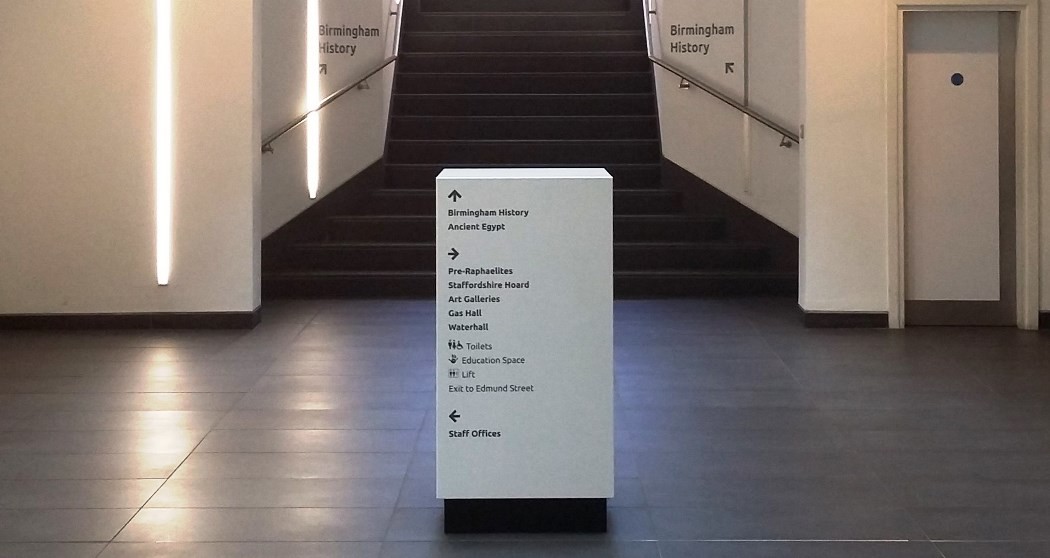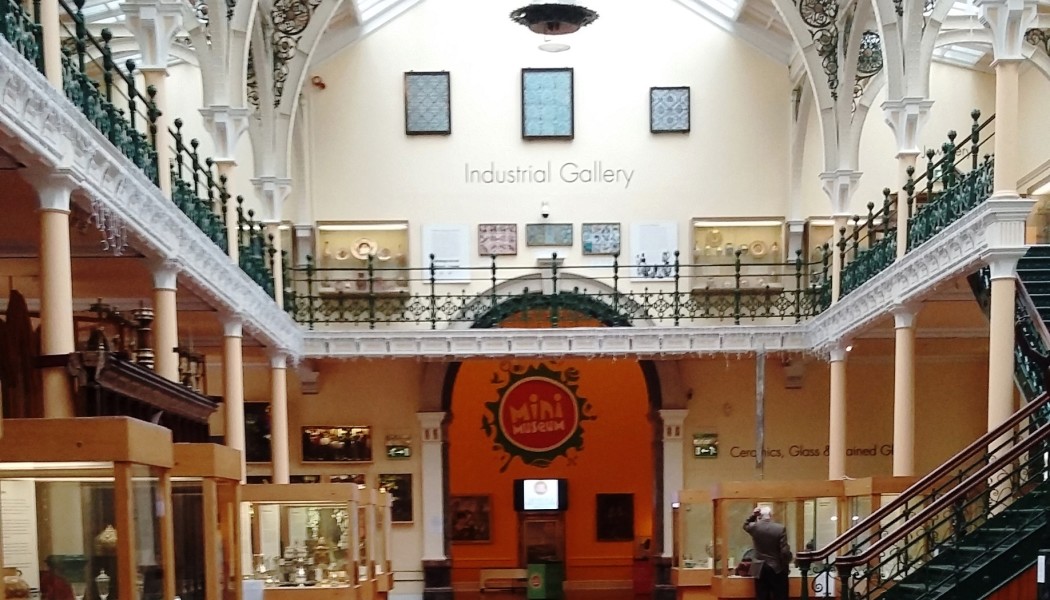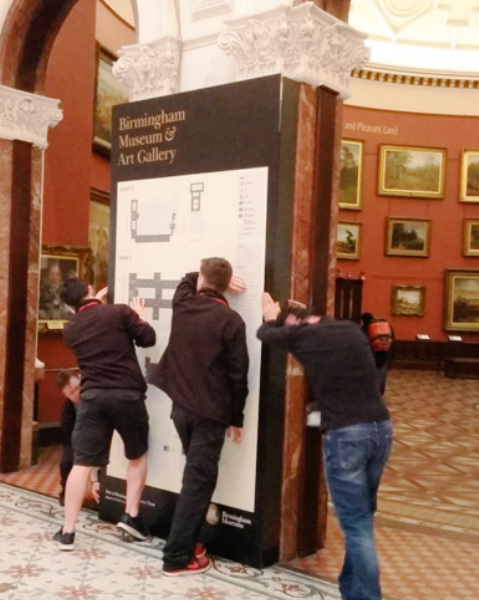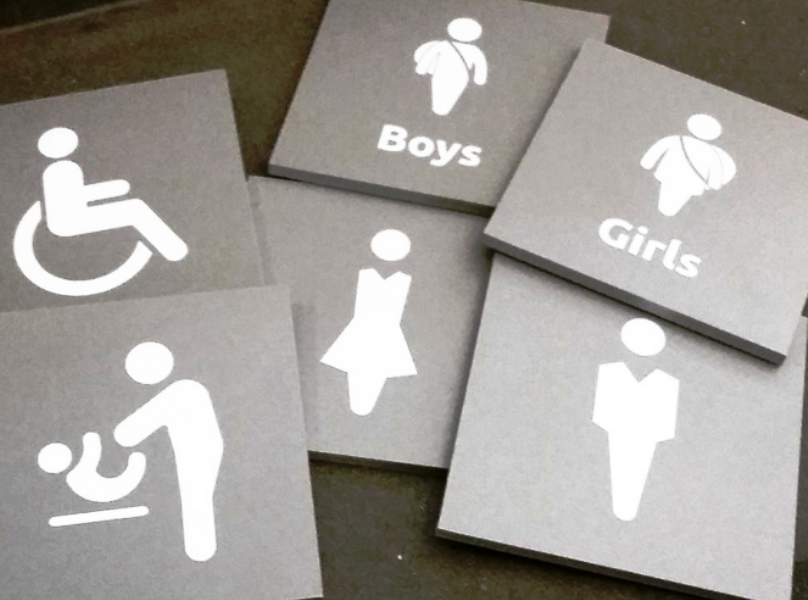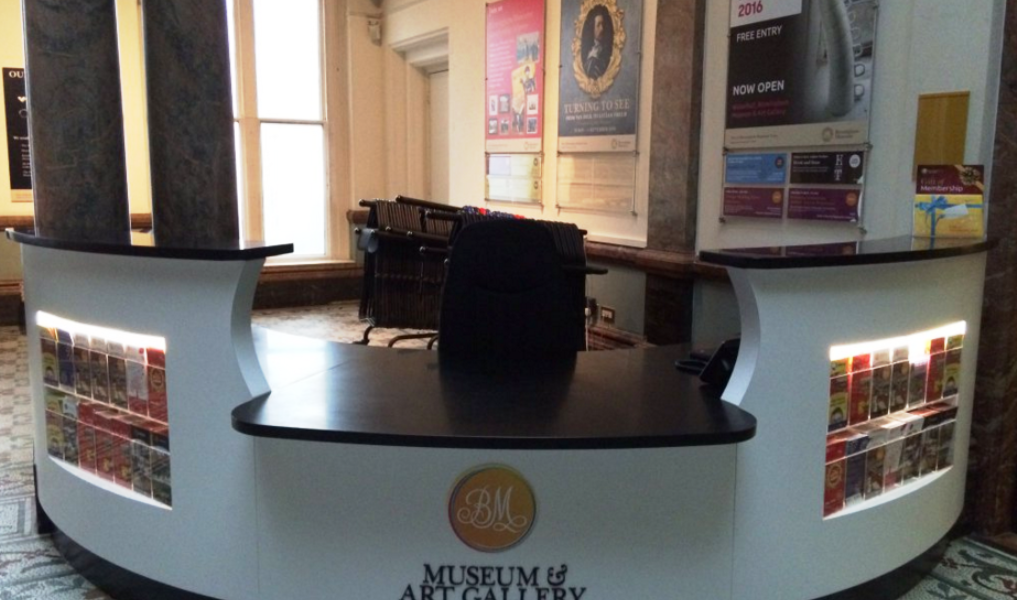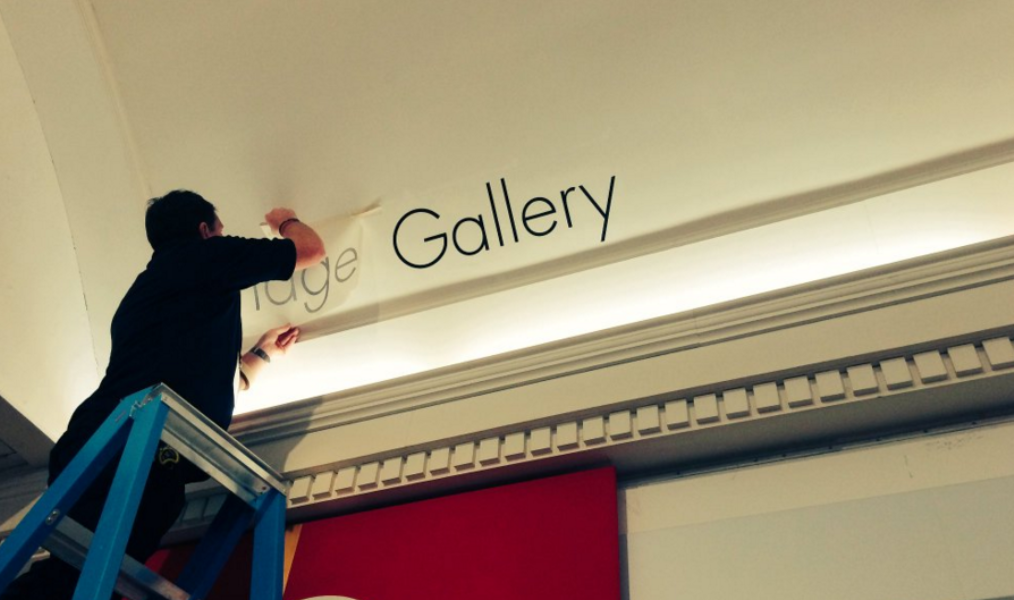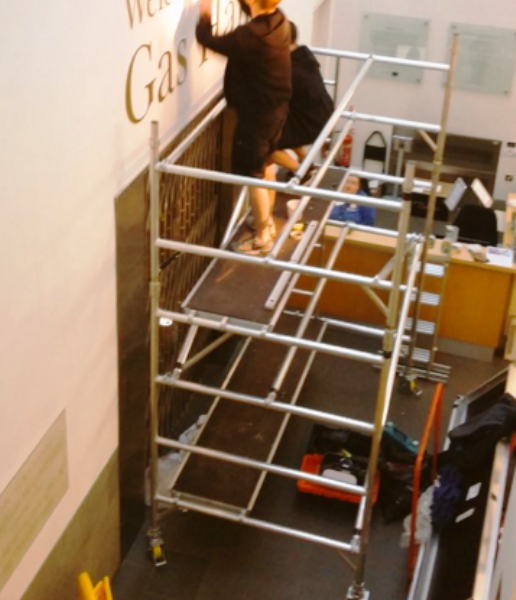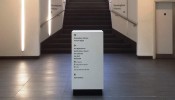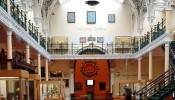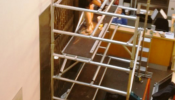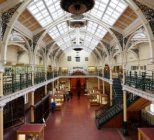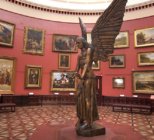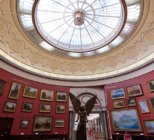The wayfinding project is a component of the Welcome All initiative, which aims to improve the visitor experience at BMAG, which celebrated its 130th birthday last autumn, through better physical access and visitor facilities, an enhanced family offer and visitor proposition, updated signage and refreshed interpretation in the museum’s galleries.
The aim of the wayfinding project was to create a stronger and more appealing welcome at all BMAG entrances along with new directional signage and information to improve orientation around the site.
“BMAG is a large and intricate Victorian building constructed in and around the city’s Council House, making it a notoriously difficult space to signpost effectively,” says Hannah Carroll, Marketing Officer at Birmingham Museums Trust. “The wayfinding project proved to be larger and more complex than anyone anticipated, but we are confident that through careful thought and consultation with staff and the public, we have delivered the best solution possible.”
In collaboration with the appointed design agency Renaissance Creative and the museum’s own brand agency, Ledgard Jepson, BMAG worked with teams across the business from Visitor Services to Learning, to ensure that the needs of all audiences were factored into the final designs for the wayfinding.
A clear and consistent design scheme was introduced that is easily interpreted by as many audiences as possible, and in particular families, schools and non-English speakers. Plain English and icons were used where appropriate to highlight key facilities such as the toilets, shop and tearooms.
Improvements have been made to the main entrance and reception to increase the sense of arrival and ease of access. Higher profile signage was developed at all entrances and high visibility orientation points were established at key locations around the site. These include plinths dotted around the museum that do not overpower the artworks but keep visitors constantly updated on what’s around them, where certain galleries and services are.
The designers have created attractive, clear, consistent and easy to follow directional signage throughout the venue, as well as supporting information such as. maps and guides.
“It is hoped that the new wayfinding scheme will help visitors to find highlights of the museum, such as the Ancient Egyptian galleries and the Birmingham History Galleries, that have strong appeal to families and tourists, but were previously not easy to find within the building,” says Carroll. “By pointing more visitors in the direction of these galleries, we hope to engage wider audiences and to increase dwell time in the museum.”
Anecdotal feedback and external research had shown that many visitors find it difficult to navigate their way around BMAG and that this can affect how much they enjoy their visit. “The new wayfinding scheme is a concerted effort to address this problem and to help visitors orientate themselves more easily and to thereby improve visitor experience,” says Carroll. “We want visitors to make the most of their day and visit all areas of our wonderful collection as well as the delightful Edwardian Tearooms and shop.”
In order to make the museum more accessible and welcoming the Welcome All project has seen improvements to toilet facilities with a number of toilets being redeveloped and an additional accessible toilet built.
Automated doors have been installed in the galleries to allow easier access for all visitors, including those with mobility problems. The visitor offer for families and carers with young children, has been enhanced through the establishment of a Mini Museum, specially designed for under-5s
The interpretation throughout the museum had been refreshed to improve accessibility to the collection for all audiences and to facilitate longer, more engaging visits.
Funding for the Welcome All project has included £260,254 from the DCMS/Wolfson Fund and additional funding from ACE, the City of Birmingham Museums & Art Gallery Development Trust and the Friends of Birmingham Museums.
In Focus: Audience Development
This case study is part of an In Focus feature on Audience Development. Click here to see the introduction and links to three more case studies


